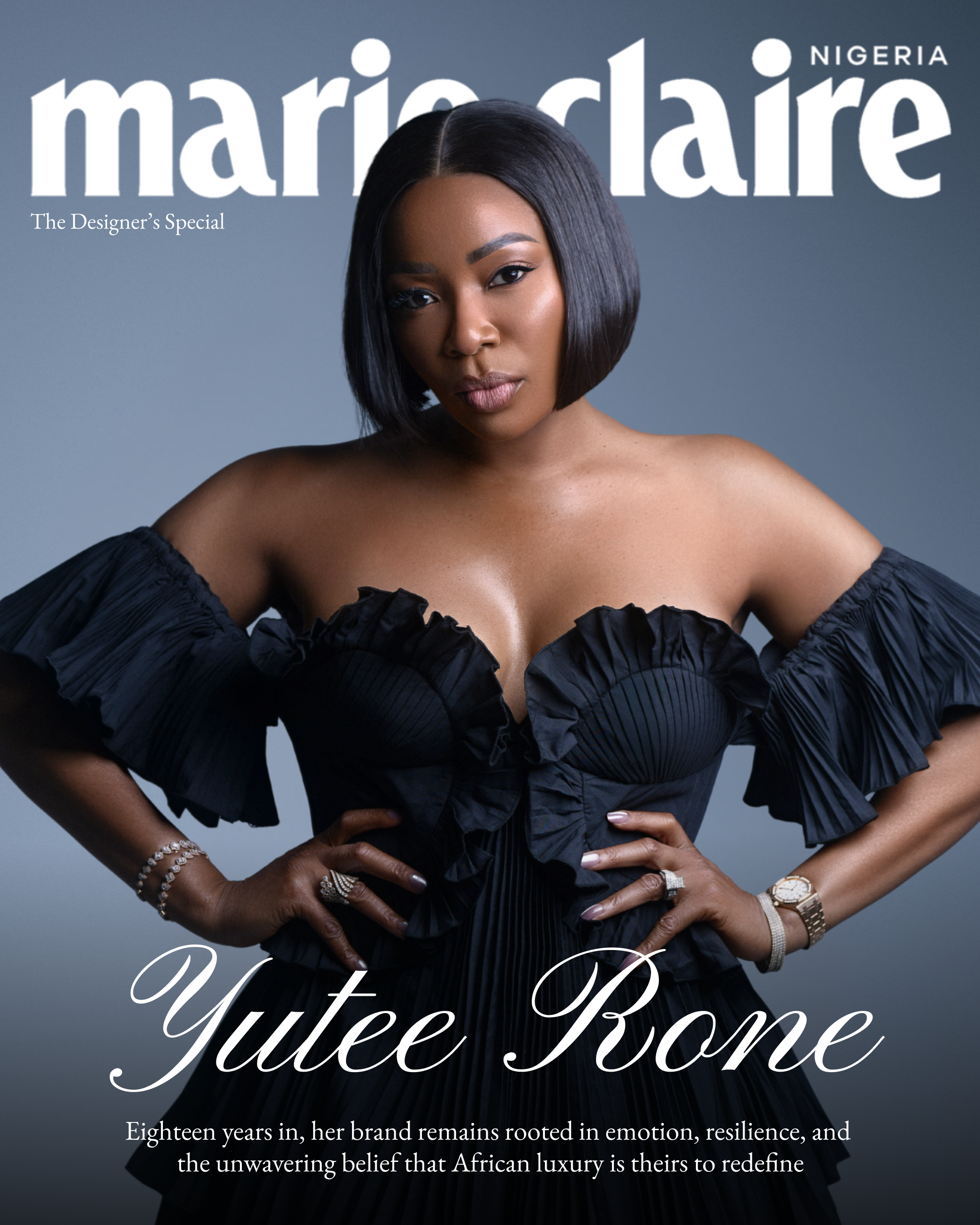Asexuality, often misunderstood or overlooked, has gained visibility in recent years. Yet, asexual individuals still face damaging misconceptions and stereotypes.
In a society that often links love and attraction to sexual desire, asexuality serves as a powerful testament to the diversity of human experience. Recently, I had a conversation with a stranger that left me stunned. They asserted that it’s human nature to crave sex, and anyone claiming otherwise is lying. As we went back and forth, it became clear that we wouldn’t see eye to eye, and we ultimately agreed to disagree. Nevertheless, this encounter highlighted the alarming lack of understanding about asexuality.
Moreover, it underscored the importance of raising awareness and promoting acceptance. In recognition of this, International Asexuality Day (IAD) aims to acknowledge and celebrate asexual individuals, creating a more inclusive environment for all.

Asexuality is just as valid
Healthline defines asexuality as a legitimate sexual orientation where individuals experience little to no sexual attraction. It’s not a choice, a phase, or a moral failing. Yet, misconceptions and stereotypes persist, leading to the marginalisation of asexual individuals.
While asexuality is not a new concept, it is often overlooked in discussions about sexual orientation and identity. By assuming that everyone desires sex, we invalidate the experiences of asexual people and perpetuate harmful stereotypes.
Contrary to popular belief, asexuality is not a mental health condition or necessarily a sign of trauma. This lack of understanding about asexuality often leads to feelings of isolation among asexual individuals.
Understanding the spectrum

Contrary to popular belief, asexual people— also known as “Ace” or “Aces”— may want to and can form many types of intimate relationships, whether those relationships are romantic, platonic, or other forms of attraction and connection. It is also important to note that within the Ace community, a spectrum exists, and it includes:
Demisexuals: People who only experience sexual attraction once they form a strong emotional connection with another person.
Grey-A: This term is ideal for people who experience some sexual attraction, but infrequently or inconsistently, and often at low levels.
Creating awareness about asexuality is crucial for promoting acceptance, inclusivity, and understanding. By listening to and respecting the voices of asexual individuals, we can dismantle harmful stereotypes and misconceptions.
We must also recognise asexuality as a legitimate sexual orientation. By doing so, we can create a more inclusive and accepting environment for all individuals, regardless of their sexual orientation.


